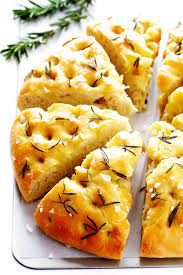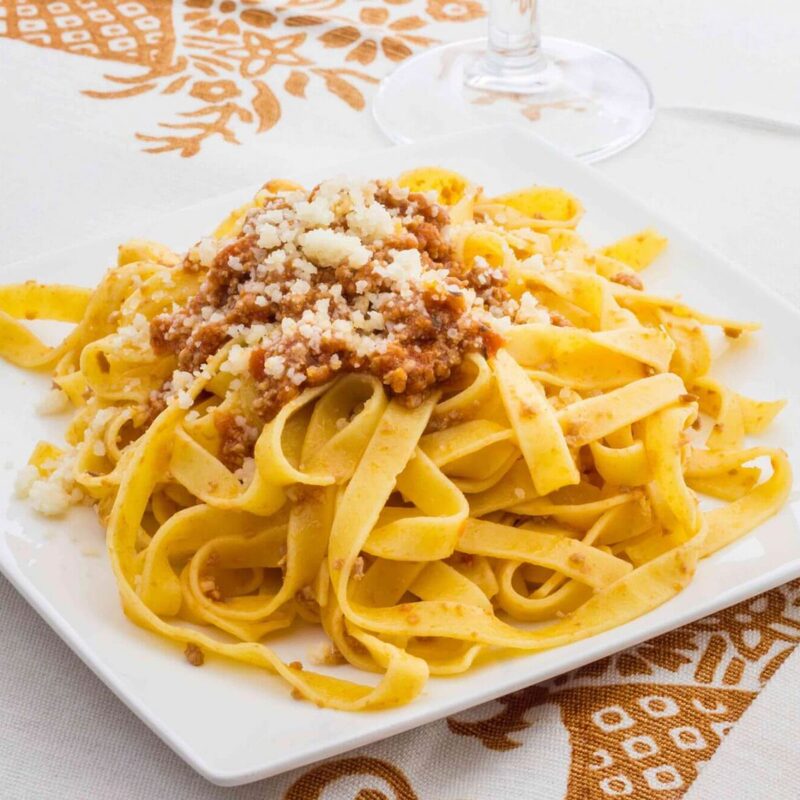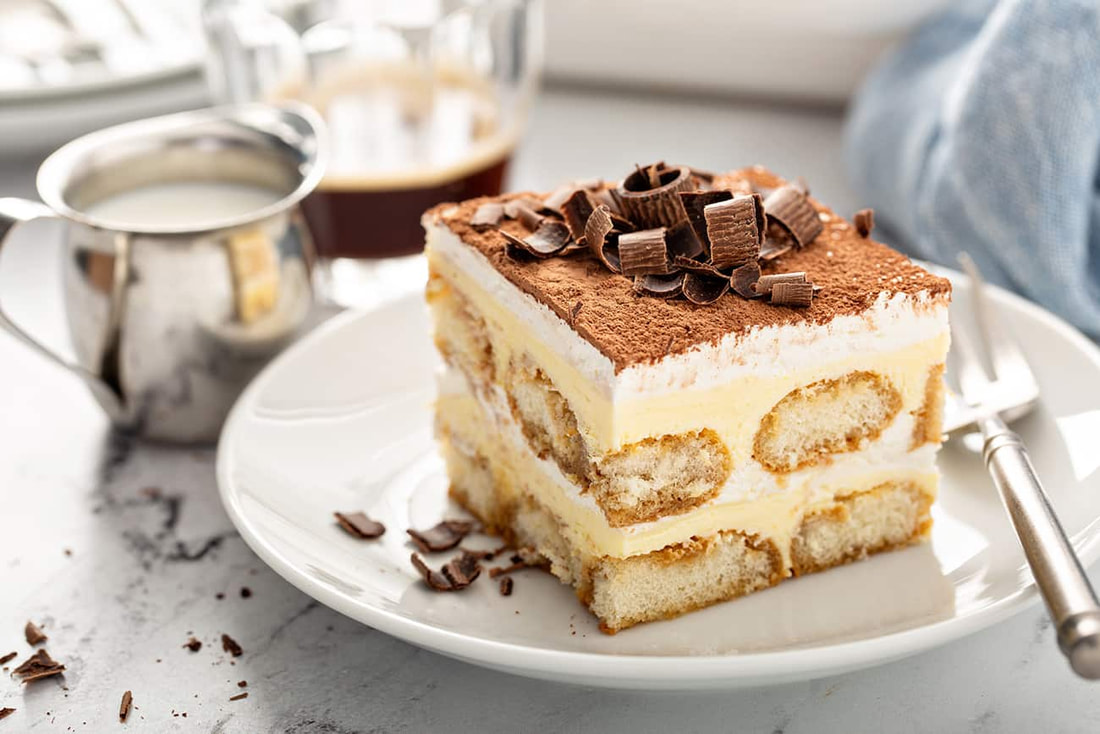TRADITIONAL ITALIAN COOKING
Anyone can cook a pizza or pasta! Surprise and transport your family to Italy with traditional italian cooking menu.
structure of italian cooking:
"L’appetito vien mangiando."
As this popular Italian food saying goes, “the appetite comes while you are eating.”
With Italian meals, there is a specific structure cultivated over centuries of eating that is a master class in how to best enjoy food and company. Not all dinner meals – known as cena – consist of all of these courses; often times, the numerous courses are reserved for festivities or celebratory occasions. We hope this guide whets your appetite for dinner.
APERITIVO
The aperitivo begins the meal. Like the French aperitif, this course may consist of bubbly beverages such as spumante, prosecco, or champagne, or wine. The aperitivo is also the appetizer course; small dishes of olives, nuts or cheeses may be available for diners to nibble on while they wait for the next course.
ANTIPASTI
This course is commonly considered the “starter.” The antipasti dish will be slighter heavier than the aperitivo. Often times, the antipasti may consist of a charcuterie platter such as salame, mortadella, or prosciutto, served with cheeses and bread; other times, you may find a cold salmon or tuna antipasto, or a bruschetta.
PRIMI
Primi is the first course to contain hot food and is often heavier than antipasti dishes. Generally, primi dishes do not consist of any meat. At the same time, primi dishes may contain fine and luxurious ingredients, such as truffle or seafood. Risotto, gnocchi, soup, lasagne, pasta, or broth are all common primi dishes.
SECONDI
In this course, you will encounter different meat and seafood options. Depending on the region, you may have chicken, beef, pork, lamb, or turkey prepared in a variety of different ways, from a sausage to a roast to a grilled meat. In terms of seafood, you might find fish, shrimp, lobster, or some other kind of “meaty” seafood. If there are two dishes in the secondi, a sorbet palate cleanser is served between them.
CONTORNI
Contorni dishes are served alongside secondi dishes. Common cotorni dishes are vegetable-based, whether raw or cooked. They are served on a different plate than the meat or seafood of the secondi, so as to not mix on a plate and allow for the preservation of the integrity of flavors.
INSALATA
If there are many leafy green vegetables in the contorni, an insalata, or salad, might not be served. If not, then a salad will follow the secondi.
FORMAGGI E FRUTTA
Now, as we near the end of the meal, there is an entire course dedicated to cheese and fruit. A selection of regional cheese will be presented, with seasonal fruits that complement the flavors of the cheese.
DOLCE
Dessert! Options range from tiramisu to cake or pie to panna cotta. You may also consider a sorbetto or gelato for something lighter and more palate-cleansing. Certain regional specialty desserts such as zeppole or cannoli may be served.
CAFFE
A strong espresso is served after dolce, often served very warm and without any milk or sugar.
DIGESTIVO
To close out this intricate, decadent Italian meal, the final item is a digestive alcoholic drink, such as limoncello, amaro, or grappa, which aids with digestion.
Buon appetito!
Extracted From: https://toscanaslc.com/blog/guide-to-the-traditional-italian-meal-structure/
As this popular Italian food saying goes, “the appetite comes while you are eating.”
With Italian meals, there is a specific structure cultivated over centuries of eating that is a master class in how to best enjoy food and company. Not all dinner meals – known as cena – consist of all of these courses; often times, the numerous courses are reserved for festivities or celebratory occasions. We hope this guide whets your appetite for dinner.
APERITIVO
The aperitivo begins the meal. Like the French aperitif, this course may consist of bubbly beverages such as spumante, prosecco, or champagne, or wine. The aperitivo is also the appetizer course; small dishes of olives, nuts or cheeses may be available for diners to nibble on while they wait for the next course.
ANTIPASTI
This course is commonly considered the “starter.” The antipasti dish will be slighter heavier than the aperitivo. Often times, the antipasti may consist of a charcuterie platter such as salame, mortadella, or prosciutto, served with cheeses and bread; other times, you may find a cold salmon or tuna antipasto, or a bruschetta.
PRIMI
Primi is the first course to contain hot food and is often heavier than antipasti dishes. Generally, primi dishes do not consist of any meat. At the same time, primi dishes may contain fine and luxurious ingredients, such as truffle or seafood. Risotto, gnocchi, soup, lasagne, pasta, or broth are all common primi dishes.
SECONDI
In this course, you will encounter different meat and seafood options. Depending on the region, you may have chicken, beef, pork, lamb, or turkey prepared in a variety of different ways, from a sausage to a roast to a grilled meat. In terms of seafood, you might find fish, shrimp, lobster, or some other kind of “meaty” seafood. If there are two dishes in the secondi, a sorbet palate cleanser is served between them.
CONTORNI
Contorni dishes are served alongside secondi dishes. Common cotorni dishes are vegetable-based, whether raw or cooked. They are served on a different plate than the meat or seafood of the secondi, so as to not mix on a plate and allow for the preservation of the integrity of flavors.
INSALATA
If there are many leafy green vegetables in the contorni, an insalata, or salad, might not be served. If not, then a salad will follow the secondi.
FORMAGGI E FRUTTA
Now, as we near the end of the meal, there is an entire course dedicated to cheese and fruit. A selection of regional cheese will be presented, with seasonal fruits that complement the flavors of the cheese.
DOLCE
Dessert! Options range from tiramisu to cake or pie to panna cotta. You may also consider a sorbetto or gelato for something lighter and more palate-cleansing. Certain regional specialty desserts such as zeppole or cannoli may be served.
CAFFE
A strong espresso is served after dolce, often served very warm and without any milk or sugar.
DIGESTIVO
To close out this intricate, decadent Italian meal, the final item is a digestive alcoholic drink, such as limoncello, amaro, or grappa, which aids with digestion.
Buon appetito!
Extracted From: https://toscanaslc.com/blog/guide-to-the-traditional-italian-meal-structure/
what skills do you learn in italian cooking
Italian cooking classes offer a wide range of skills that allow participants to master the art of Italian cuisine. Here are some skills commonly taught in Italian cooking classes:
These are just a few examples of the skills you can expect to learn in Italian cooking classes. Each class may focus on different aspects of Italian cuisine, so it's worth checking the course curriculum to see which specific skills will be covered.
- Pasta Making: Learn the techniques for making various types of pasta from scratch, including traditional shapes like spaghetti, fettuccine, ravioli, and gnocchi. Discover the secrets of perfect dough and the art of hand-rolling or using a pasta machine.
- Sauces and Condiments: Master the creation of classic Italian sauces, such as marinara, Bolognese, carbonara, pesto, Alfredo, and puttanesca. Understand the balance of flavors, the art of reduction, and the proper incorporation of herbs, spices, and aromatics.
- Risotto and Rice Dishes: Explore the intricacies of preparing creamy and flavorful risotto, a staple in Italian cuisine. Learn the importance of choosing the right type of rice, achieving the perfect consistency, and incorporating various ingredients like mushrooms, seafood, or vegetables.
- Pizza Making: Discover the secrets behind creating authentic Italian pizza, from kneading and shaping the dough to selecting and balancing toppings. Learn about the different regional styles, baking techniques, and achieving the perfect crust.
- Antipasti and Starters: Explore the world of Italian appetizers and starters, including bruschetta, crostini, antipasto platters, and caprese salads. Learn about the art of balancing flavors, textures, and colors to create enticing and flavorful dishes.
- Regional Specialties: Dive into the rich culinary traditions of different Italian regions, such as Tuscany, Sicily, Emilia-Romagna, and Campania. Discover the unique ingredients, techniques, and flavors associated with each region's cuisine.
- Desserts and Dolci: Indulge in the sweet side of Italian cooking by learning how to prepare classic desserts like tiramisu, panna cotta, cannoli, biscotti, and gelato. Explore the techniques for creating delicate pastries, rich creams, and delightful flavors.
- Wine Pairing: Gain insights into the art of pairing Italian wines with different dishes. Learn about the characteristics of various Italian wines, their production methods, and how they complement and enhance the flavors of specific foods.
These are just a few examples of the skills you can expect to learn in Italian cooking classes. Each class may focus on different aspects of Italian cuisine, so it's worth checking the course curriculum to see which specific skills will be covered.
course menu:
STARTER
Focaccia
Focaccia is a flat leavened oven-baked Italian bread seasoned with herbs and olive oil, similar in style and texture to pizza; in some places, it is called pizza bianca. Focaccia can be served as a side dish or as sandwich bread and it can be round, rectangular, or square shape.
How is focaccia different from bread?
Focaccia is baked at 475 degrees Fahrenheit, while the baking temperature for traditional bread is 248 degrees Fahrenheit. Focaccia does not get stale easily due to the high quantity of olive oil and other herbs, while traditional bread does. Regular bread is less expensive and has less gluten than focaccia.
How do Italians eat focaccia?
Italian Tradition
Focaccia is one of the great Italian street foods, perfect when eaten freshly baked, either plain or stuffed with vegetables, sausage or cheeses, depending on the regional version.
How should focaccia be eaten?
Focaccia can be eaten as it is, warmed up, toasted or in other recipes. It can be cut into a variety of shapes, including squares, long skinny rectangles or triangles. It can be sliced in half and used for making sandwiches and is also a tasty addition to a bread basket or an accompaniment to a bowl of soup or a salad.
Focaccia is a flat leavened oven-baked Italian bread seasoned with herbs and olive oil, similar in style and texture to pizza; in some places, it is called pizza bianca. Focaccia can be served as a side dish or as sandwich bread and it can be round, rectangular, or square shape.
How is focaccia different from bread?
Focaccia is baked at 475 degrees Fahrenheit, while the baking temperature for traditional bread is 248 degrees Fahrenheit. Focaccia does not get stale easily due to the high quantity of olive oil and other herbs, while traditional bread does. Regular bread is less expensive and has less gluten than focaccia.
How do Italians eat focaccia?
Italian Tradition
Focaccia is one of the great Italian street foods, perfect when eaten freshly baked, either plain or stuffed with vegetables, sausage or cheeses, depending on the regional version.
How should focaccia be eaten?
Focaccia can be eaten as it is, warmed up, toasted or in other recipes. It can be cut into a variety of shapes, including squares, long skinny rectangles or triangles. It can be sliced in half and used for making sandwiches and is also a tasty addition to a bread basket or an accompaniment to a bowl of soup or a salad.
MAIN COURSE
Tagliatelle al Ragu
Tagliatelle al Ragù recipe combines authentic tagliatelle pasta with a homemade Italian ragù filled with fresh vegetables, beef, and pancetta that will delight your taste buds with every bite!
Where is tagliatelle al ragù from?
Tagliatelle al ragù (or tagliatelle al ragù alla Bolognese) is a very popular Italian dish that originates from the Emilia-Romagna region. Ragù alla Bolognese is traditionally made with beef, or, in some cases, a combination of pork and beef. In addition to beef, Italian (unsmoked) pancetta, dry white wine (or red wine), either tomato concentrate, very ripe, fresh tomatoes, or passata -- a tomato purée, plus soffritto — a flavorful mixture of celery, onions, and carrots are also on the list of ingredients of a traditional ragù alla Bolognese. Milk and sometimes cream is added towards the end of cooking, and the dish is usually, although not obligatory, served with freshly grated Parmigiano-Reggiano cheese. Also, what is to the rest of the world known as spaghetti Bolognese, practically doesn't exist in Italy, let alone in Bologna. Traditionally, ragù alla Bolognese is served either with tagliatelle or enjoyed in lasagne alla Bolognese. However, it also goes well with other types of fresh egg pasta such as pappardelle, fettuccine, or homemade farfall
Tagliatelle al Ragù recipe combines authentic tagliatelle pasta with a homemade Italian ragù filled with fresh vegetables, beef, and pancetta that will delight your taste buds with every bite!
Where is tagliatelle al ragù from?
Tagliatelle al ragù (or tagliatelle al ragù alla Bolognese) is a very popular Italian dish that originates from the Emilia-Romagna region. Ragù alla Bolognese is traditionally made with beef, or, in some cases, a combination of pork and beef. In addition to beef, Italian (unsmoked) pancetta, dry white wine (or red wine), either tomato concentrate, very ripe, fresh tomatoes, or passata -- a tomato purée, plus soffritto — a flavorful mixture of celery, onions, and carrots are also on the list of ingredients of a traditional ragù alla Bolognese. Milk and sometimes cream is added towards the end of cooking, and the dish is usually, although not obligatory, served with freshly grated Parmigiano-Reggiano cheese. Also, what is to the rest of the world known as spaghetti Bolognese, practically doesn't exist in Italy, let alone in Bologna. Traditionally, ragù alla Bolognese is served either with tagliatelle or enjoyed in lasagne alla Bolognese. However, it also goes well with other types of fresh egg pasta such as pappardelle, fettuccine, or homemade farfall
DESSERT
Tiramisu
Tiramisu is a coffee-flavoured Italian dessert. It is made of ladyfingers dipped in coffee, layered with a whipped mixture of eggs, sugar, and mascarpone cheese, flavoured with cocoa. The recipe has been adapted into many varieties of cakes and other desserts. This delicious and unbelievably easy Tiramisu recipe is made with coffee soaked lady fingers, sweet and creamy mascarpone (no raw eggs!), and cocoa powder dusted on top. It requires no baking and can be made in advance!
Tiramisu is a coffee-flavoured Italian dessert. It is made of ladyfingers dipped in coffee, layered with a whipped mixture of eggs, sugar, and mascarpone cheese, flavoured with cocoa. The recipe has been adapted into many varieties of cakes and other desserts. This delicious and unbelievably easy Tiramisu recipe is made with coffee soaked lady fingers, sweet and creamy mascarpone (no raw eggs!), and cocoa powder dusted on top. It requires no baking and can be made in advance!


